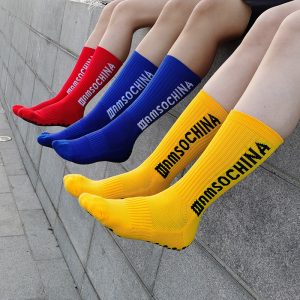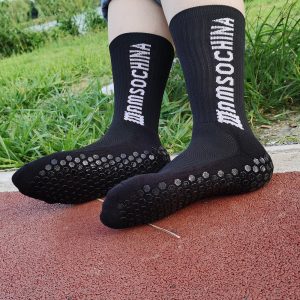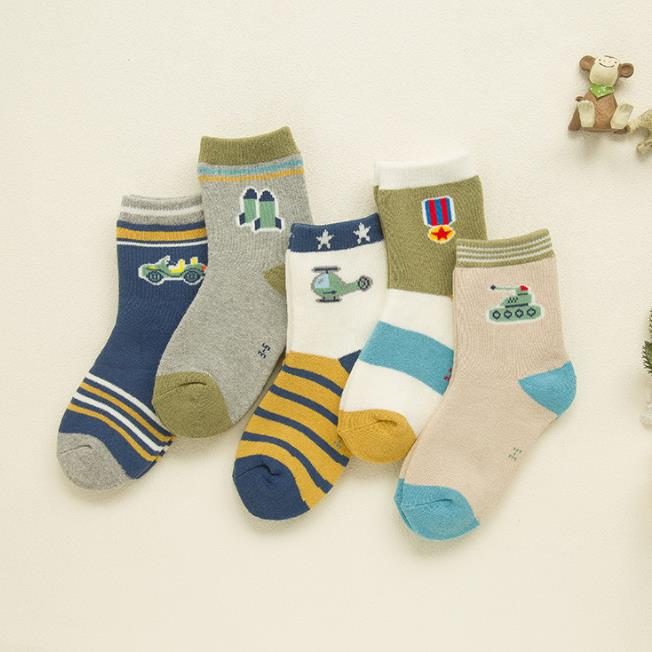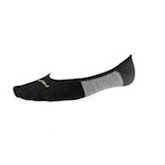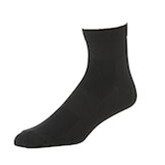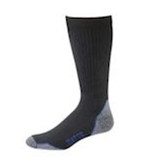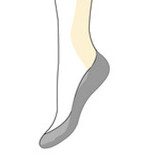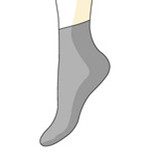The evolution of socks is a remarkable journey that reflects advancements in technology, changes in fashion trends, and the evolving needs of people over time. Here’s a timeline of key milestones in the evolution of socks:
- Prehistoric Times: The earliest form of socks can be traced back to prehistoric times, where early humans wrapped their feet with animal skins or plant materials to protect them from the cold and rough terrain.
- Ancient Civilizations: In ancient Egypt and Greece, socks began to take a more structured form, crafted from woven fabrics like animal hair or plant fibers. They were often worn by the wealthy as a symbol of luxury and status.
- Romans and Udones: The Romans wore a type of sock called “udones,” made of woven fabrics, and used them with sandals for added comfort and protection.
- Middle Ages and Hand-Knitting: Throughout the Middle Ages, socks became more accessible to various social classes. Knitting techniques emerged, and socks were hand-knitted using wool. They were primarily seamless and tube-shaped.
- Knitting Machines and Industrial Revolution: In the late 16th century, the invention of the knitting machine revolutionized sock production. During the Industrial Revolution, mass production became possible, making socks more affordable and widely available.
- Nylon Socks: In 1938, nylon was invented, marking a significant development in sock technology. Nylon socks were durable, elastic, and quickly gained popularity due to their comfort and affordability.
- Athletic Socks and Specialized Designs: With the rise of sports and physical activities in the 20th century, specialized athletic socks with cushioning, arch support, and moisture-wicking properties were developed to meet athletes’ needs.
- Fashion and Novelty Socks: Socks evolved from being purely functional to a fashion statement in the latter part of the 20th century. Bright colors, patterns, and novelty designs became popular, allowing individuals to express their style through their socks.
- Performance-Enhancing Socks: In recent decades, advancements in materials and technology have led to the development of performance-enhancing socks, such as compression socks for improved blood circulation and thermal socks for extreme weather conditions.
- Sustainable Materials: As environmental awareness grew, there has been an increasing focus on eco-friendly and sustainable sock materials, like organic cotton, bamboo, or recycled fibers.
- Seamless and Anatomical Designs: Sock manufacturing has improved with seamless and anatomically designed socks that fit the foot’s contours better, reducing friction and the risk of blisters.
- Smart Socks: The advent of wearable technology has led to the creation of smart socks that incorporate sensors to track various health and fitness metrics, providing users with valuable data.
Today, socks are available in a wide variety of styles, materials, and designs, catering to diverse preferences and needs. They continue to be an essential garment, offering not only practicality and comfort but also an opportunity for self-expression and individuality. The evolution of socks reflects the ingenuity and creativity of humans in enhancing one of the simplest yet vital elements of our wardrobe.
